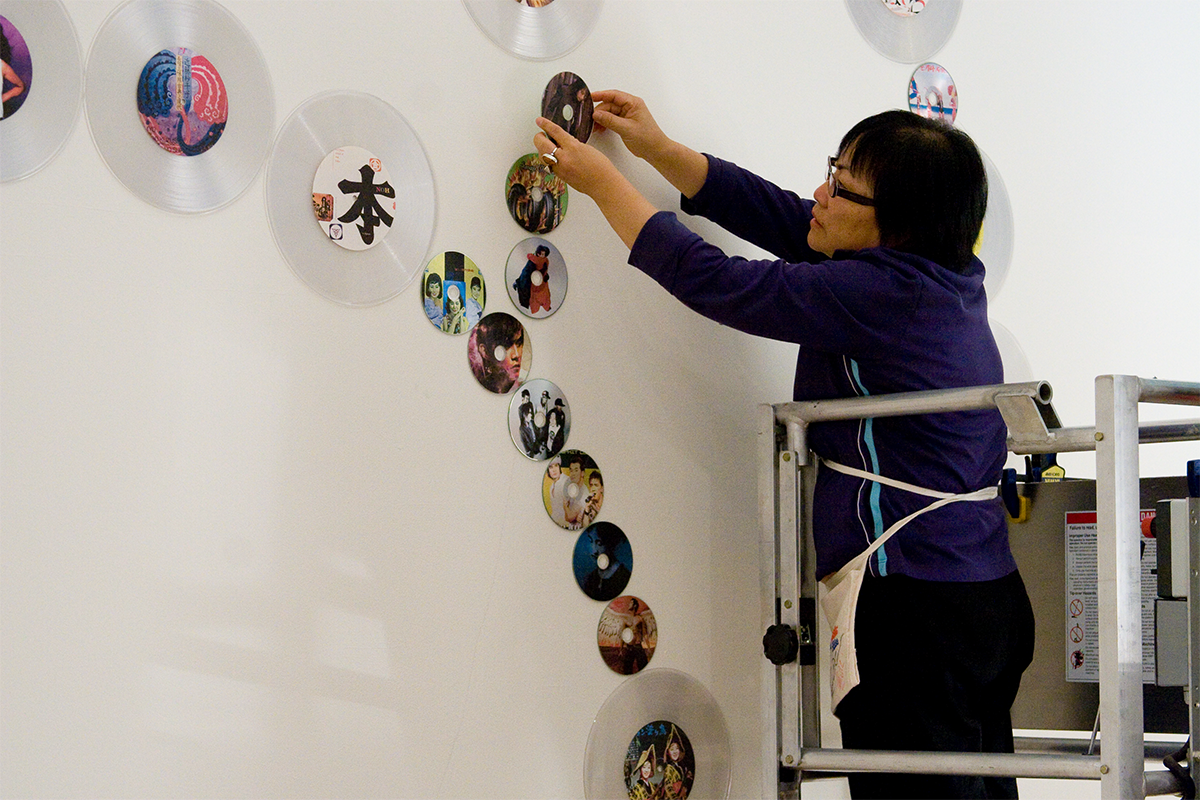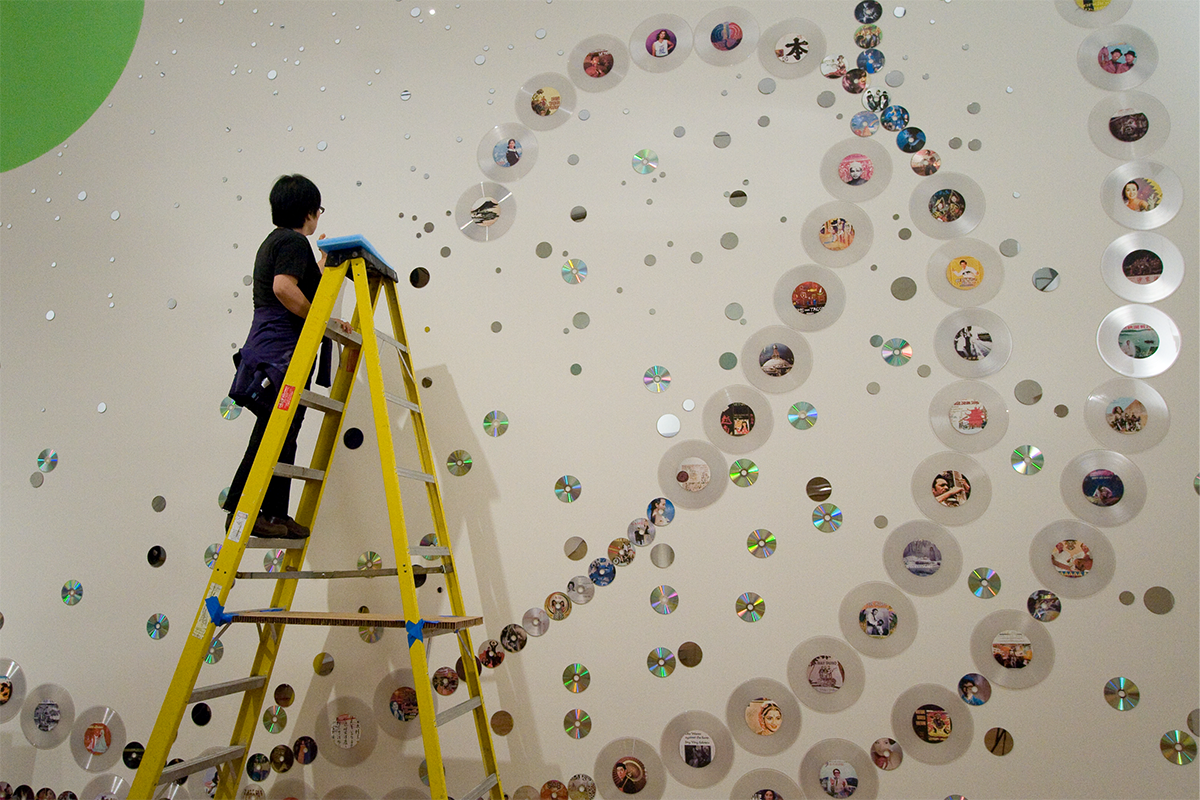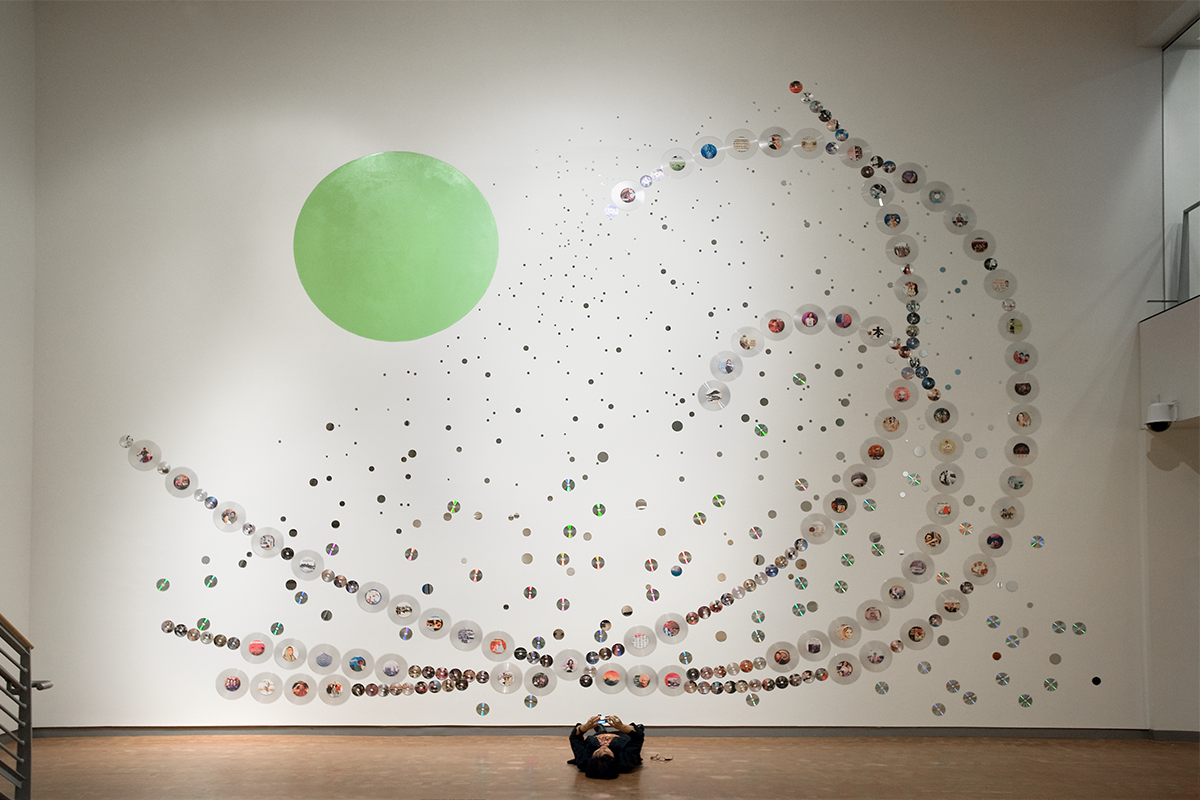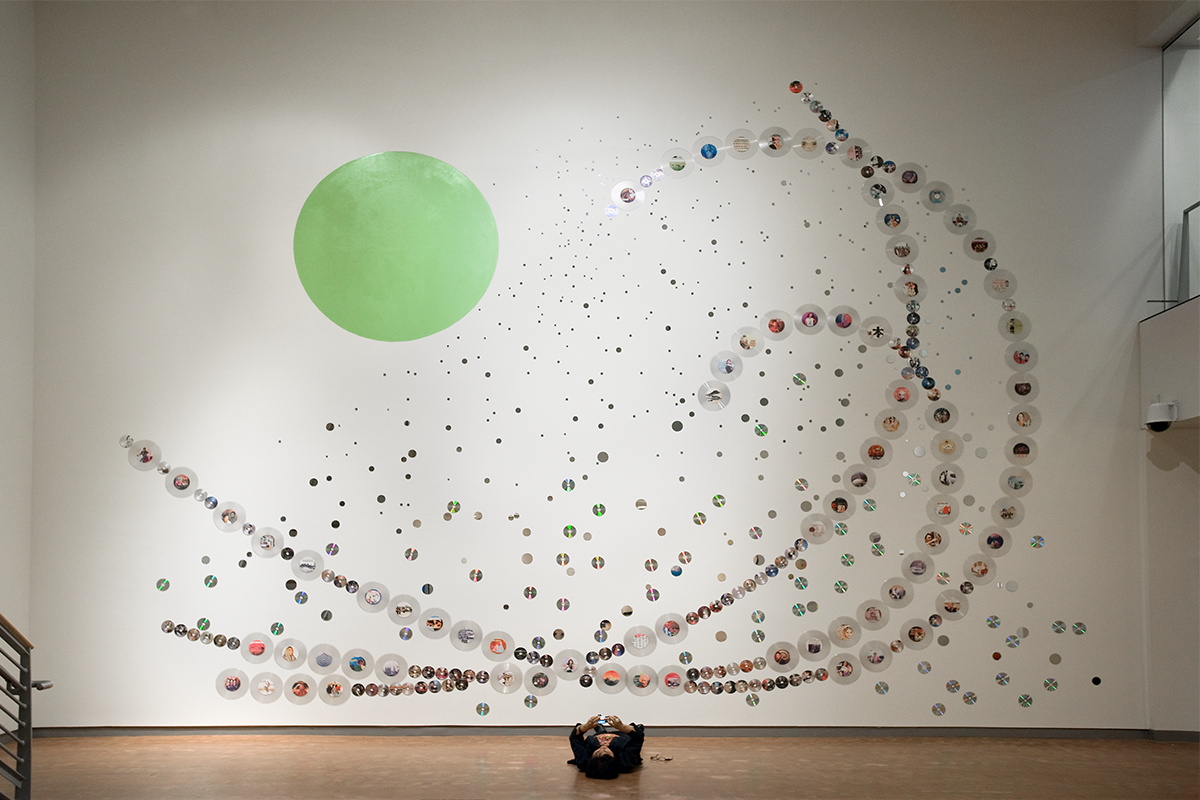

Yong Soon Min installing Movement at the Smith College Museum of Art, 2008. Photograph by Stephen Petegorsky

Yong Soon Min installing Movement at the Smith College Museum of Art, 2008. Photograph by Stephen Petegorsky

Yong Soon Min (1953-2024)
Aprile Gallant is Mary Walcott Keyes 1931 Curator of Prints, Drawings and Photographs and Associate Director of Curatorial Affairs.
SCMA and the larger contemporary art world lost a leading light this month with the death of Korean American artist Yong Soon Min.
Min’s work, in the words of curator and art historian Hong-hee Kim, “explores post-colonial discourses of immigration, exile, loss and confusion, as well as the ironies of dual identity. [...] Her multi-media art practice encompassing words, texts, drawing, photography and video is conceptual yet concrete, private yet political.”
We are fortunate at SCMA to have Min’s major installation, Movement, in the collection. The Asia Society, New York, commissioned the piece to celebrate the opening of a new building in 2001. Min substantially revised the installation when SCMA purchased it in 2008. When she created it for the Asia Society, Min installed 150 transparent LP records affixed with Pan-Asian music labels and mounted with clock mechanisms on large mirrored panels. For the reformulated version at Smith, Min omitted the clock mechanisms and added music CDs and small circular mirrors. She arranged these elements in sweeping arcs to create a wave pattern that refers not only to the “Asian wave” phenomenon in popular culture, but also to Katsushika Hokusai’s famous woodblock print The Great Wave off Kanagawa (1831).

The Korean American Students of Smith, or KASS, a student organization at Smith College, made this acquisition possible. The group, led by Sohl Lee ‘06, June Park ‘07, Jennifer Lee ‘07 and Minjoo Kim ‘07, researched Korean and Korean American artists, selected the artwork, and undertook a major fundraising effort to add it to the SCMA collection. Throughout this process, Min was a generous partner. She met with students to discuss the work, traveled to Smith to install Movement twice–in 2008 and 2013– and left templates and instructions with our staff to guide future installations.

This acquisition and work with the artist built on previous collaborations between her and SCMA. In 1994, the museum exhibited her installation, DMZ XING, a public artwork commissioned by Real Art Ways, a nonprofit art center in nearby Hartford. The installation included etched glass panels displaying the stories of a group of Laotian, Vietnamese, and Cambodian refugee families who now live in New England. In this piece, Min entwined her own history, as someone who immigrated to the United States from South Korea at the age of seven, with stories of survival and the creation of new lives in a new land shared by the families whom she met.
Linda Muehlig, former Associate Director for Curatorial Affairs and Senior Curator of Painting and Sculpture, served as the curator for the Museum’s projects with the artist. Of her long association with Min, Muehlig especially remembers the collaboration with Sohl Lee ‘06 and KASS to acquire Movement for the collection as one of the most important contributions made by a student organization to benefit the Museum.
Like so much of her work, DMZ XING and Movement in both their creative process and final display speak to what will be her legacy: Min was an artist, professor, and advocate who connected people across generations, foregrounding stories of movement, collaboration, and care that matter deeply.
Information in this post was drawn from writings by Hong-hee Kim and Linda Muehlig and benefitted from editorial comments by Emma Chubb